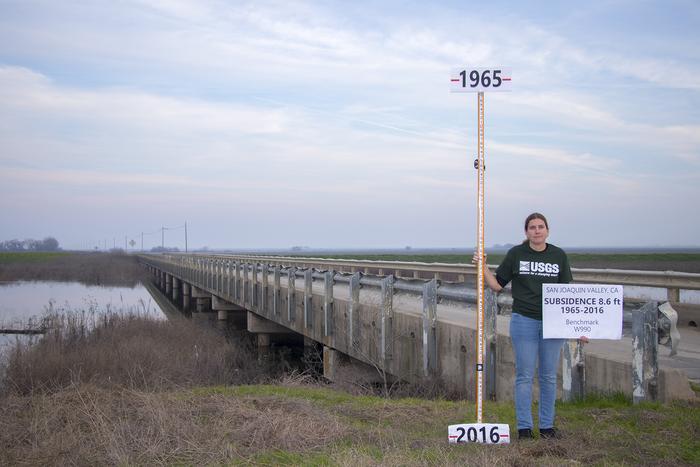The School of Architecture’s grant-giving worldwide programme will make records freely available online

Credit: Ronald G. Knapp, 2019.
The School of Architecture at Oxford Brookes Univ
ersity has started a £5 million grant-giving programme, to improve the documentation of endangered wooden architecture throughout the world and make records freely available online.
The Endangered Wooden Architecture Programme (EWAP) has been made possible through a grant from Arcadia – a charitable fund of Lisbet Rausing and Peter Baldwin, and will be delivered in collaboration with CyARK, a non-profit organisation that digitises and shares significant cultural heritage.
The aim of the project is to provide funding to researchers based at higher education, research, heritage conservation or museum institutions around the world, to help establish an open-access digital repository, which will document endangered wooden building traditions and preserve records long term. The programme will also develop research capacity, foster new collaborations and initiatives, and raise awareness and appreciation of wooden architecture.
Sustainability and cultural heritage
The project is being spearheaded by Professor Marcel Vellinga, Professor of Anthropology of Architecture, together with Dr Aylin Orbasli, Reader in Architectural Regeneration, both at Oxford Brookes University. A call for proposals will begin in September 2021.
Professor Vellinga commented: “We would like to receive project proposals which can play a transformative role in documenting and raising the profile of endangered wooden buildings worldwide. Wood has earned its place as a key building material throughout time. However, extensive and rapid global deforestation, combined with competition from industrially manufactured materials, threatens the continuity and survival of many wooden buildings.
“In many parts of the world, carpentry traditions and ways of life associated with them have diminished. There is an urgent need to document the endangered wooden architectural heritage, before much of it disappears. I hope the results of the programme will provide a tangible legacy which can be accessed by all. It will hopefully also provide inspiration to a new generation of architects and engineers who are re-discovering timber as an environmentally sustainable and low carbon building material.”
Spotlight on most endangered wooden buildings
EWAP will support projects that focus on documenting wooden architecture that is endangered because of neglect, conflict or environmental effects, including climate change. The programme will also support the documentation of bamboo, palm, reed or grass traditions, if a strong case for their at-risk status can be made. EWAP will pay special attention to projects in parts of the world where documentation is less developed and funding support is more difficult to obtain. Support for local research teams and capacity building in rapidly developing documentation methods is a key component of the project.
Funding allocations will be decided by an international expert panel, composed of leading scholars and practitioners in the fields of wooden architecture, architectural conservation and digital heritage documentation.
Funded projects will produce a range of data, including digital outputs (point cloud images, photogrammetric images, scaled ortho-images, 3D models), as well as drawings, plans, sections and elevations, photographs, videos, maps, oral histories and other forms of written documentation.
The first call for applications will go out in September 2021 and will be announced on the programme’s website.
If you would like to know more about the project, please contact Professor Marcel Vellinga or Dr Aylin Orbasli: Email: [email protected] or [email protected]
Pictured: Heralded as China’s oldest woven-arch timber bridge, the Rulong (“like a dragon”) Bridge was constructed during the Ming dynasty in 1625 and renovated between 1821 and 1859 during the Qing dynasty. Author: Ronald G. Knapp, 2019.
###
Notes to Editors:
Arcadia is a charitable fund of Lisbet Rausing and Peter Baldwin. It supports charities and scholarly institutions that preserve cultural heritage and the environment. Arcadia also supports projects that promote open access and all of its awards are granted on the condition that any materials produced are made available for free online. Since 2002, Arcadia has awarded more than $777 million to projects around the world.
Oxford Brookes University will provide open access to all data generated by the projects and ensure its long-term storage. The grantees’ host institutions will provide back-up storage. To provide support and help build research capacity, training in documentation methods will be delivered by Oxford Brookes University, in collaboration with CyARK.
An open access platform that stores data on wooden architecture, will have the potential to make an invaluable contribution to the preservation of the world’s cultural heritage. It will trigger new understandings, applications and collaborations among conservationists, academics, policy makers, architectural practitioners, engineers and local communities.
The School of Architecture is placed second for teaching in the Times Higher Education Young University Rankings. The School celebrated its 90th year in 2017 and is one of the oldest in the UK.
Find out more about the range of research in the Oxford Brookes School of Architecture
Set in a historic student city, Oxford Brookes is one of the UK’s leading universities and enjoys an international reputation for teaching excellence and innovation as well as strong links with business and industry. More information is available on the Oxford Brookes website at http://www.
Professor Marcel Vellinga and Dr Aylin Orbasli are available for interviews. For further information please contact Pauline Brandt in the Oxford Brookes Press Office: 01865 484 454 or email [email protected]
Media Contact
Pauline Brandt
[email protected]






